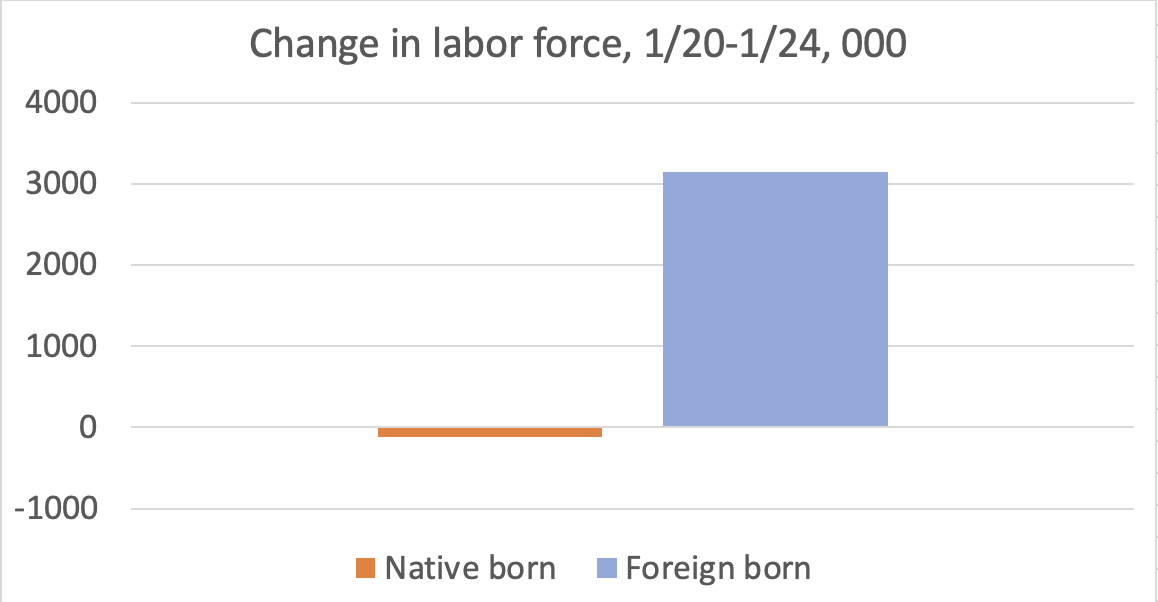I wonder how many people are ready for just how bad the next six weeks plus are going to be. This is going to be the most dangerous election since 1860, with substantial odds that America as we know it will be damaged or even destroyed 1/
Trump's campaign strategy is to brazen it out with obvious lies: the virus isn't a threat, we have a vaccine, the economy is booming, violent mobs are roaming the streets of New York. Many people will believe him 2/
Even so, it probably — probably — won't be enough. He's behind in the polls, and the two most cited models give him a 15-23 percent chance of winning 3/
projects.economist.com/us-2020-foreca…
projects.fivethirtyeight.com/2020-election-…
projects.economist.com/us-2020-foreca…
projects.fivethirtyeight.com/2020-election-…
There is, however, a near-zero percent chance that he'll accept the result if he loses. He'll try to stop counting of absentee ballots, claim massive fraud, and probably try to get the Supreme Court to overturn the result 4/
Expect violence from Trump supporters, maybe lots of it, both to disrupt voting on Election Day and in the days that follow. Is this overheated? So far Trump and his party have borne out every prediction by pessimists and made fools of optimists 5/
If you aren't terrified, you aren't paying attention. But terror isn't productive; you should be asking what you personally can do to save democracy, which is very much under threat 6/
• • •
Missing some Tweet in this thread? You can try to
force a refresh













